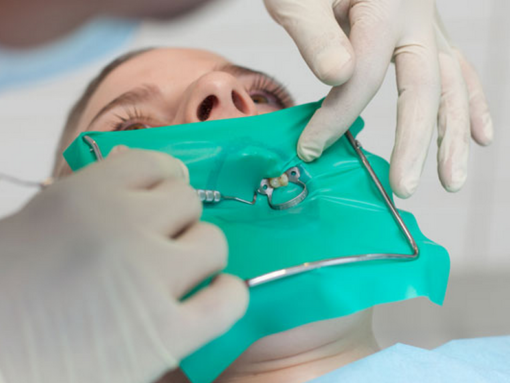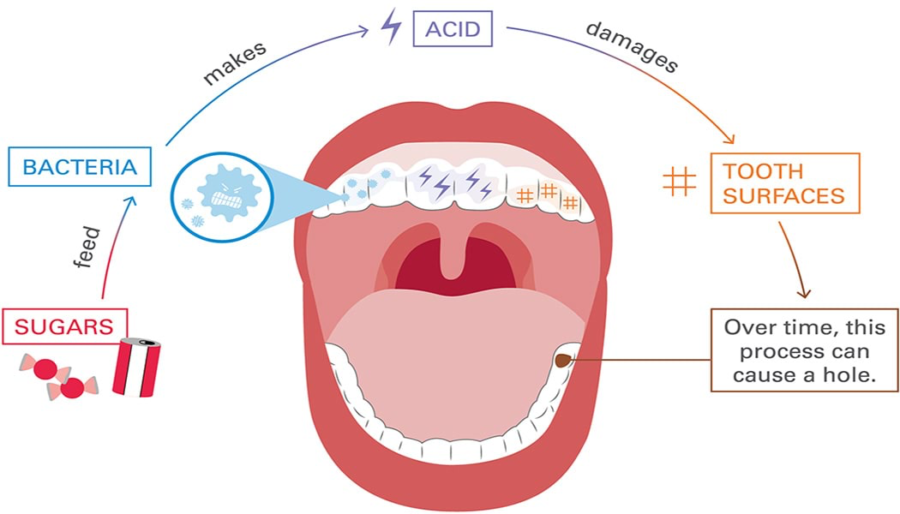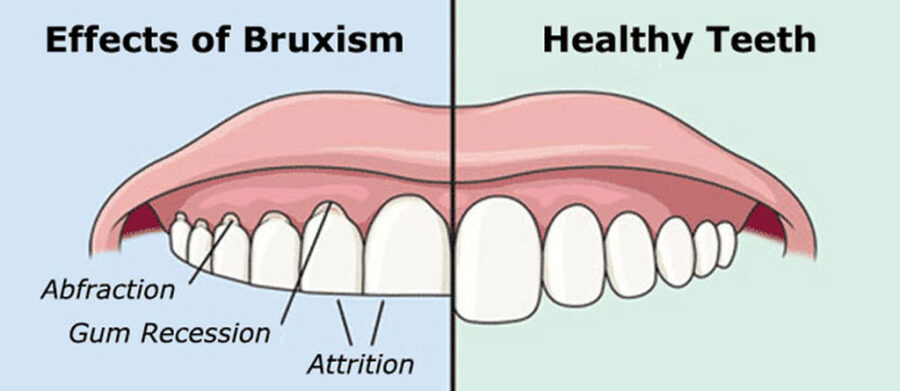When you visit a dentist, your first thought is probably about the rubber dam and whether or not it will be used in your treatment. The good news is that dentists use rubber dams quite often. The bad news is that many patients are under the impression that dentists don’t use them as often as they actually do. Root canal procedures must never be performed without the dam. This article explains why and how often dentists use rubber dams, as well as their benefits and uses. Read on to learn more about dental treatment.
Practitioner-investigators collected data on 9,890 consecutive restorations done in previously-unrestored tooth surfaces from 5,810 patients. Most dentists (63%) did not use a rubber dam for any restoration in the study; it was used for only 12% of restorations.
What is a rubber dam?
It is a thin piece of rubber that covers the patient’s teeth, as well as the gums around the teeth. This dam allows you to have better control of the patient’s mouth, as well as provides a barrier against spills and splatters during dental procedures. The rubber dam that dentists use is thinner than the kind that doctors use when they’re administering general anesthesia.

The rubber dam your dentist uses will either be thin or thick, depending on the treatment you need. A thin dam is used for examinations and cleaning, while a thicker dam is used for fillings and other procedures that require greater control. A rubber or a dental dam — is a thin square sheet used to isolate the operative site from the rest of the mouth. Dental dams contain a hole in the middle that allows the dentist to isolate the treatment area around the tooth. Dams are usually made of latex, but there are also non-latex alternatives that dentists can use for any patient with a latex allergy.
When do dentist use a rubber dam?
Dentists use dental dams in certain procedures to protect both them and their patients. The rubber dam protects the patient’s mouth and gums from being accidentally cut, as well as prevents liquids from spilling into your mouth. It also protects the dentist’s instruments from contamination from bacteria inside your mouth.

One of the most common uses of the dam is during tooth extractions, where it can protect the patient’s gums from bleeding, as well as guard against the dentist accidentally cutting their gums. Dentists use the dental dam during other procedures where there’s a risk of spillage, like during fillings and dental crowns. It’s also used to protect the patient from the dentist’s instruments, as well as to contain splatters from the patient’s mouth.
What is the purpose of a rubber dam?
The rubber dam is a thin, flexible piece of rubber that goes between the patient’s teeth and gums. The rubber dam is used to protect the patient’s mouth, as well as the dentist’s mouth. Dental dam protects the patient’s mouth by creating a barrier between the patient’s mouth and the dentist’s instruments. The dental dam also protects the dentist’s mouth by preventing liquids from spilling into the dentist’s mouth. The rubber dam can also be used prevent cross-contamination of bacteria. Dental dam is used in a variety of dental procedures.

The Dental procedures that require a dam
Dental dams are mainly used in endodontic procedures. The prosthodontics (crowns and bridges), veneer placements, and other restorative treatments. Practitioners vary greatly in their use of the dental dam. Some practitioners use them frequently. For others, they are only applied during selective treatments, whereas many choose not to use them at all.
Endodontist tend to favor the use of dental dams. Their work involves focusing on the soft tissue inside the teeth, called the pulp. The American Association of Endodontists (AAE) states that tooth isolation with a dental dam is an important technique that helps maintain high standards of care during any non-surgical procedure. A root canal is a common non-surgical procedure for extracting infected tooth pulp, where a dental dam is often used.
Benefits of using a rubber dam
Better dental hygiene for the patient – Since the rubber dam prevents liquids from spilling into your mouth, it prevents your mouth from being exposed to harmful bacteria. This is great for those who have sensitive teeth or gums and need dental treatment.

Safer dental treatment – The rubber dam protects the patient’s mouth from damage caused by the dentist’s instruments.
Safer dental equipment – The rubber dam protects the dentist’s equipment from contamination from harmful bacteria in the patient’s mouth.
How to choose a good rubber dam?
When you visit the dentist, they’ll either give you a rubber dam that they have on hand, or they’ll let you choose one that you like. If you have a choice, then there are a few things to keep in mind when choosing a rubber dam.
Thickness – The thickness of the dental dam you choose will depend on the procedure you need done. A thin rubber dam is best for procedures that don’t require a lot of control, such as cleanings. A thicker rubber dam is best for procedures that require more control, such as fillings.

Color – The color of the dam you choose doesn’t matter. But you should keep it in mind when shopping for one. If you’re choosing your own rubber dam. You’ll want to keep in mind that the dentist will need to see your teeth.
Ease of use – You should choose a rubber dam that’s easy to use, as you’ll be wearing it in the dentist’s office and then again at home.
How to place a rubber dam during dental treatment?
When your dentist uses a dental dam, they’ll ask you to bite down on it as they begin your treatment. You’ll need to hold the rubber dam in your teeth with your tongue. Which may feel a bit silly at first. The dentist will use a little bit of water to keep the dam in place. And then begin their treatment. When you’re done with your treatment, your dentist will release you from the rubber dam. You should keep the dental dam in place for the entire time you’re getting dental treatment.

Advantages of dental dams
As we know, the primary reason dental professionals use a dental dam is to stop oral bacteria from entering the exposed area inside the tooth and contaminating the root chamber. The latex sheet also allows the dentist to concentrate on the tooth by isolating it from the rest of the teeth and providing a clean work area. It also prevents ingestion or aspiration of dental materials and instruments, as the AAE lays out. Unfortunately, many dentists do not use dental dams, due to the perceived ‘inconvenience’ or sometimes a patient’s refusal.






